I decided it was time for brighter lights in the light box. (The grain, she wasn't comin' through before... not a problem now! :mrgreen: )
A well-cut apple perfectly balances practicality and style. Traditional enough that billiard smokers usually have a few, and sleek enough that the creative shape guys also have a few.
This one came from a shop in Phoenix back in the 80's. Things were arranged so that the owner would call me whenever the Savinelli rep was in town. :D Nothing like being able to pick the cherries straight off the tree... 8)
41.9 grams, 5.8" long
.


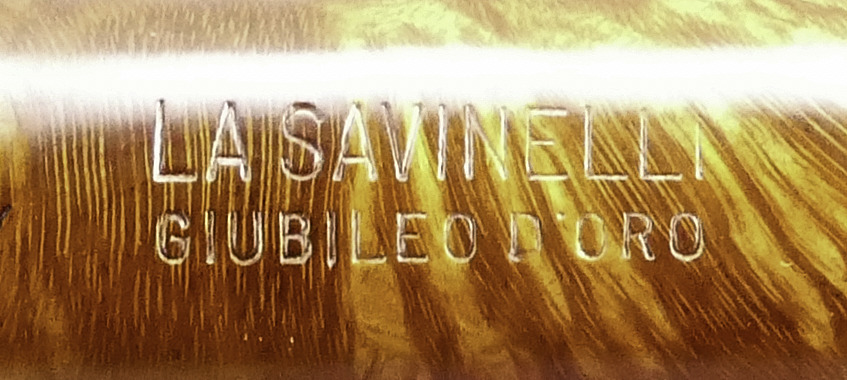
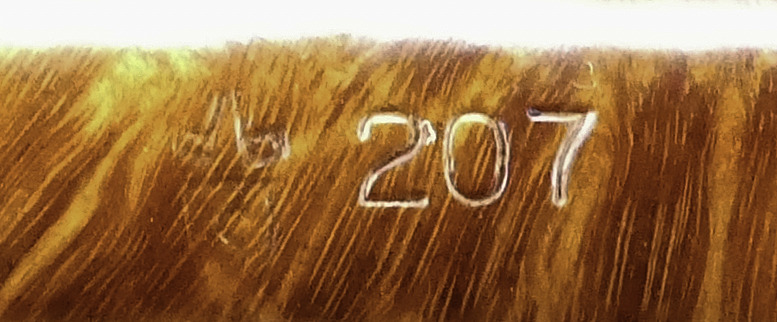
A well-cut apple perfectly balances practicality and style. Traditional enough that billiard smokers usually have a few, and sleek enough that the creative shape guys also have a few.
This one came from a shop in Phoenix back in the 80's. Things were arranged so that the owner would call me whenever the Savinelli rep was in town. :D Nothing like being able to pick the cherries straight off the tree... 8)
41.9 grams, 5.8" long
.







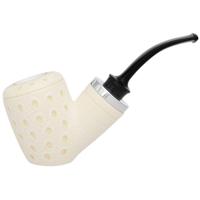
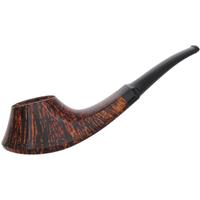

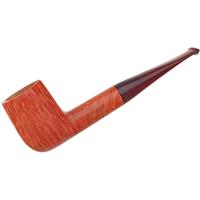
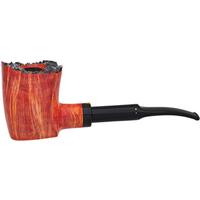




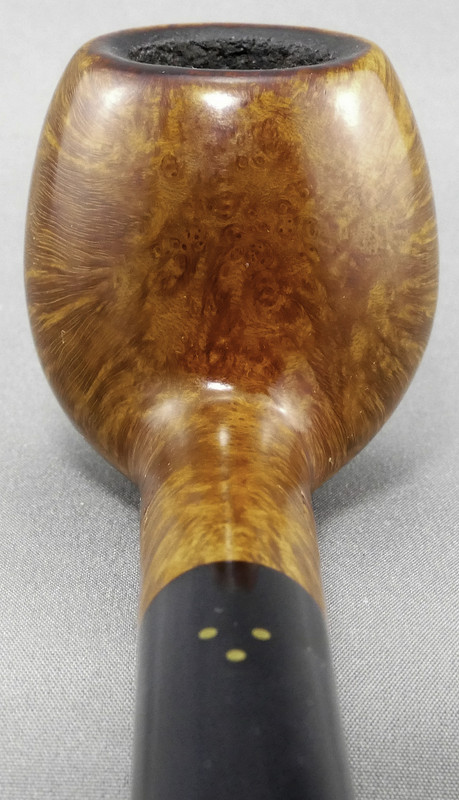
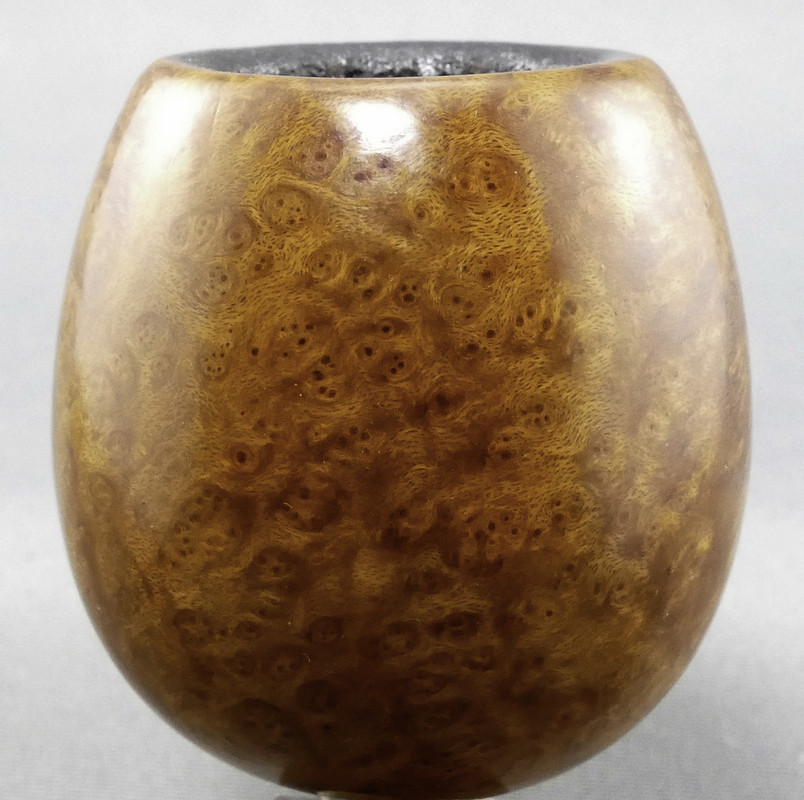
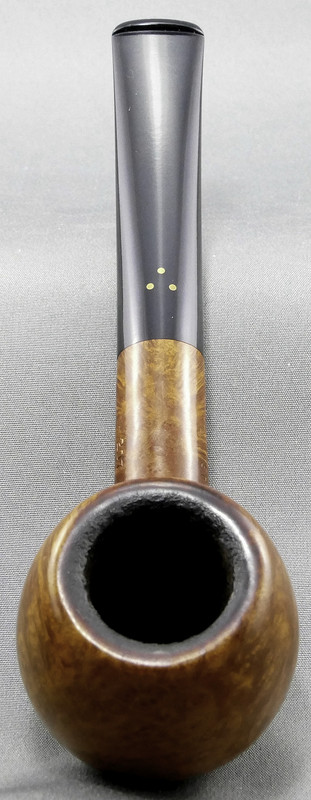
 :
: